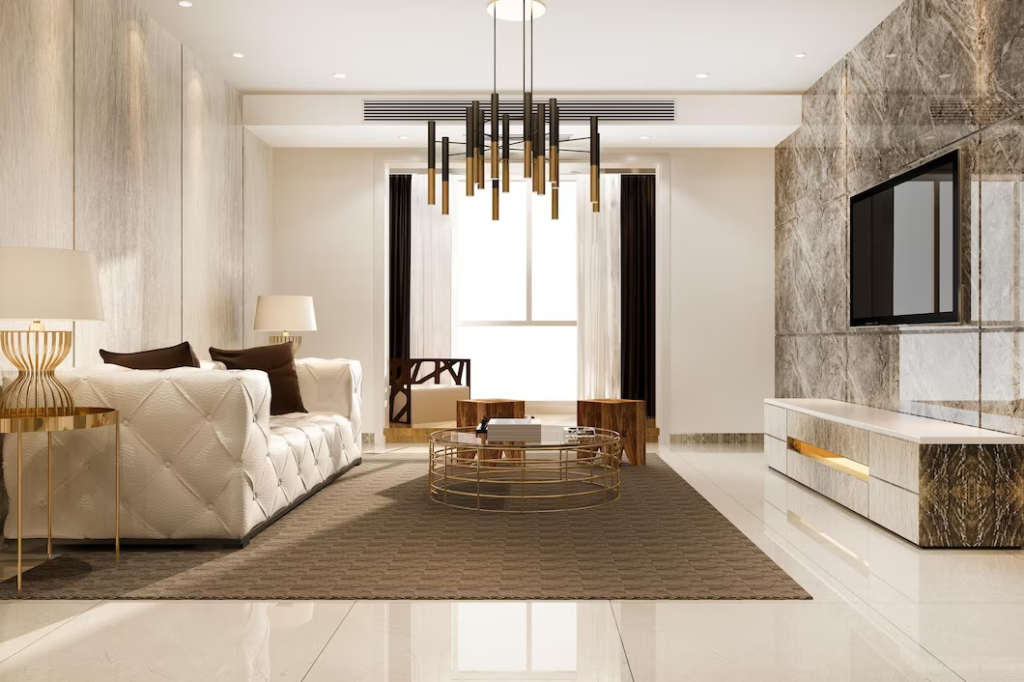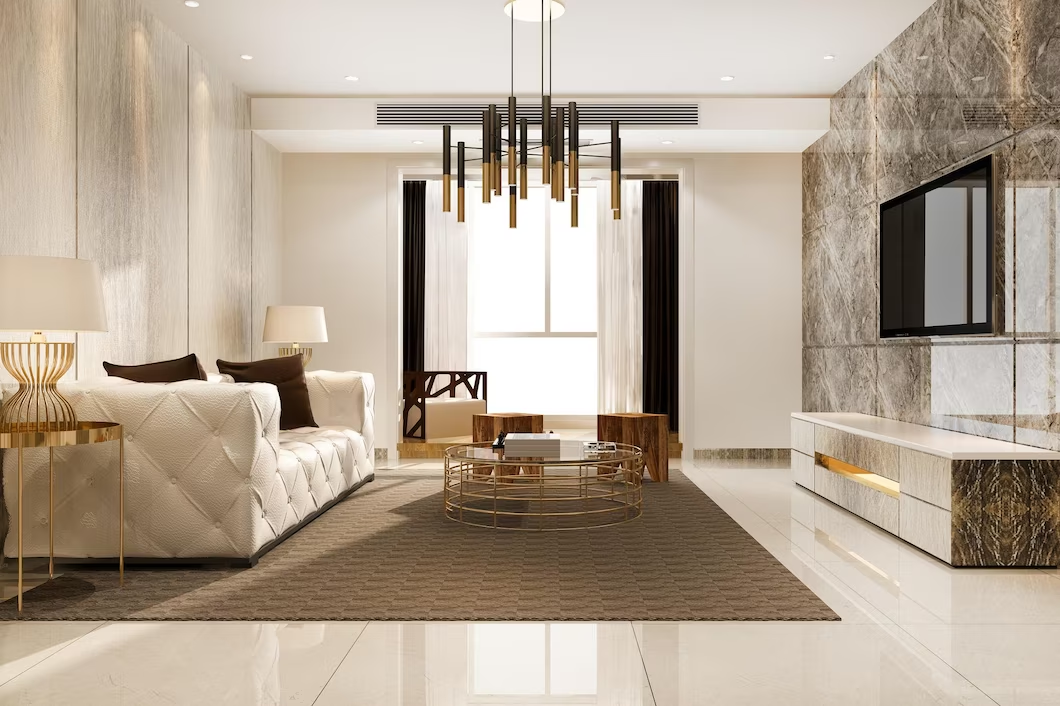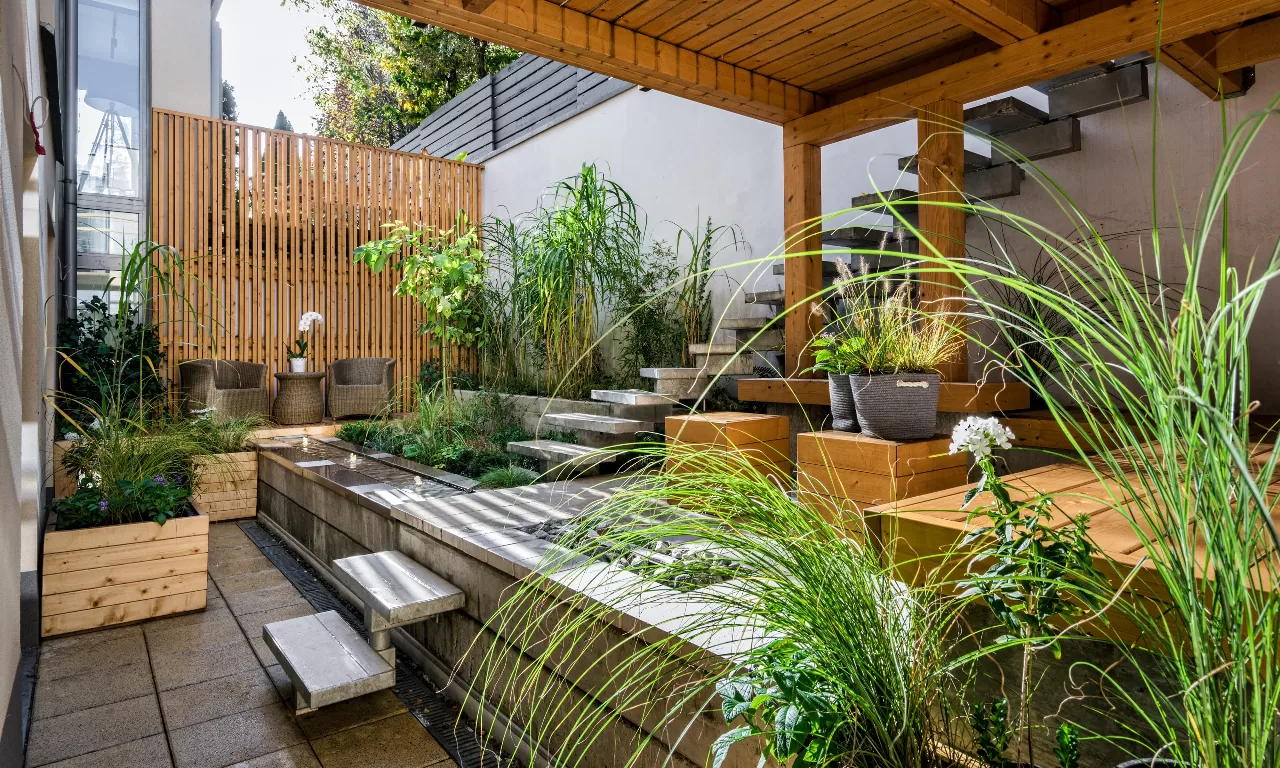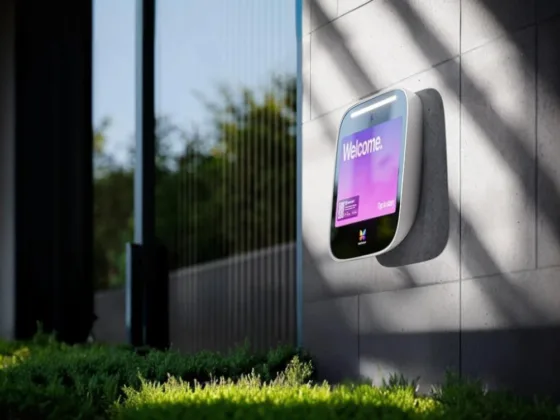The real estate landscape is undergoing changes that are as never-ending as they are tectonic. At the heart of all these motions, we can find causes like technological advancements, shifting demographics, and changing preferences.
So, knowing which forces are shaping the industry and to what end is absolutely critical if you want to get on top of the market, be it as a seller or as an apartment hunter.

In this article, we’ll explore seven key trends that are worth watching in the world of real estate, providing insights and occasional examples along the way.
Smart Homes and Sustainable Living
The trend toward smart homes and sustainable living is gaining momentum. Homebuyers and renters are increasingly seeking energy-efficient properties equipped with smart technology.
Smart thermostats, lighting, security systems, and home automation are becoming standard features. These technologies not only enhance convenience. They also play a critical role in lowering bills and positively influencing the impact on nature.
A recent study by the National Association of Home Builders found that over 80% of homebuyers consider a smart thermostat something they want to see added to their home. These numbers speak volumes.
Co-living and Flexible Spaces
The rise of co-living and flexible spaces is transforming the real estate market, especially in urban areas. Co-living spaces provide tenants with private bedrooms and shared common areas, fostering a sense of community.
Read Also :
This trend appeals to young professionals and individuals seeking affordability and social interaction. Companies like WeWork have ventured into co-living with offerings like WeLive.
Additionally, flexible workspaces are becoming integrated into residential complexes, blurring the lines between work and home life. This trend reflects the growing demand for adaptable living and working environments.
Luxury Apartments Redefined
Luxury apartments are experiencing a redefinition that goes beyond opulence. The modern luxury apartment is designed to offer residents a lifestyle that combines extravagance with sustainability and community.
Developers are incorporating eco-friendly features such as energy-efficient appliances, solar panels, and green rooftops to minimize environmental impact.
What’s also new is these properties’ overall spread. Once known only for a select few locations, exclusive apartments no blossom everywhere.
So, if you are looking for premium apartments near Birmingham or some other similar location, you will find a good selection.
Remote Work and Suburban Migration
The COVID-19 pandemic accelerated the shift toward remote work, leading many individuals and families to reconsider their living arrangements. Suburban and rural areas have seen increased interest as people seek more space and a change of scenery. Remote work flexibility has allowed individuals to escape the high costs and congestion of urban living.
As a result, suburban real estate markets are experiencing a surge in demand. Some areas with stacked amenities are witnessing double-digit price growth. For example, cities like Austin, Texas, and Boise, Idaho, have become magnets for remote workers seeking a better quality of life.
Proptech and Virtual Real Estate
Proptech, or property technology, is revolutionizing the real estate industry. From virtual property tours to blockchain-based transactions, technology is streamlining processes and improving transparency. Virtual reality (VR) and augmented reality (AR) are allowing buyers to experience the properties and see how the space flows right from the comfort of their chairs.
Start-ups like Zillow, Redfin, and Airbnb are at the moment spearheading the majority of innovations in this sector. In fact, Zillow’s “Zestimate” algorithm is a prime example of how data analytics and AI are reshaping property valuation and pricing.
Affordable Housing Initiatives
Affordable housing remains a critical concern in many regions. Governments, non-profits, and private developers are collaborating to address this challenge. Incentive programs, tax credits, and regulatory changes are promoting the construction of affordable housing units.
In addition, modular construction techniques are reducing construction costs and timelines. For instance, the city of New York launched the initiative called “NYC 15×15”, which aimed to create 15,000 affordable units on its territory. Examples like these demonstrate a commitment to making housing more accessible and for a broader range of buyers.
Senior Housing and Aging-in-Place
With an aging population, senior housing and aging-in-place solutions are on the rise. Seniors are seeking housing options that provide both independence and care as needed. Developers are creating senior living communities that offer a range of amenities and services, from healthcare facilities to social activities.
A growing number of seniors are choosing to remain in their existing homes with the help of home third-party healthcare services or some modifications. This trend underscores the importance of catering to the unique needs and preferences of a demographic that is entering its golden years.
The real estate landscape is in a state of constant evolution. Being able to navigate this market requires a full commitment to keeping a close eye on these trends.
Whether it’s embracing smart technology, exploring co-living options, or considering the impact of remote work, staying informed about these trends can help you navigate the ever-changing world of real estate successfully. As we move forward, real estate professionals, investors, and buyers who adapt to these trends are likely to thrive in this evolving industry.










